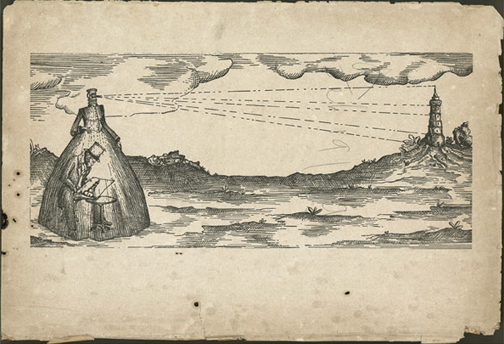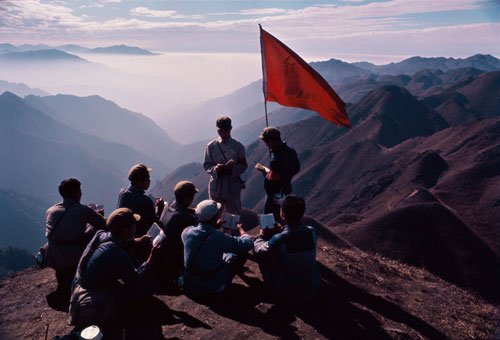
Walker Evans, “Bethlehem, Pennsylvania,” 1935 from New On the Wall at the Portland Art Museum
Holly Andres, one of Portland’s most talented and popular young photographers, returns with new work from her Sparrow Lane series. I’ve been critical of Andres’ staged dramas before: Her unnaturally posed and dramatically lit narratives of suburban adolescence often strike me as too mannered. Visually, they recall about a million contemporary photographers (particularly from a graduate program whose name rhymes with “Yail”) and they’re extremely well crafted. But I have rarely been able to discover anything beneath their admittedly impressive veneer that spoke to me. Portland does not have a surplus of hardworking, sophisticated young photographers, though, and of those who live here, Andres is one of the best. My overall lukewarm response decidedly leaves me in the minority here, and I have no trouble seeing why other people like her work so much. I’m eager to see the new work, and remain ever-ready to change my opinion. QPCA already has the show online (like a good gallery should), and I dare say this could be the show that wins me over. I’ll definitely post a review later in the month. (Of course, Roger Ballen continues through June 28.)
Quality Pictures, 916 NW Hoyt, Tues-Sat, June 5-Aug 2.
The art museum’s New on the Wall: Recent Acquisitions comes to an end this month. Visiting New on the Wall is a lot like going to an auction show at a photography center: plenty of good photographs to see, but they’re all ripped out of context and exhibited with no concern for the meanings and origins on the work. There are some great inclusions, particularly a pair of Mars-scapes from NASA, a stellar Walker Evans, a lovely, mysterious Jo Whaley “Natura Morte,” and a commanding Simon Norfolk that shows the “controlled destruction… of US cluster bombs dropped in error dropped on the civilian village and orchards of Aqa Ali-Khuja… north of Kabul.” Of course, it would have been great if that information could have been found in the museum. Instead, I had to find it online. That’s the kind of show New on the Wall is.
Portland Art Museum, 1216 NW Park, Tues-Sun, through June 15.
Chris Rauschenberg‘s last show at the Elizabeth Leach Gallery included my favorite photographs of his that I’ve seen so far. A veteran shooter in the best sense, Rauschenberg is absolutely a skilled cameraman, but his last show, which was sort of an “odds and ends” collection of well-composed and witty snapshots had a degree of spontaneity and playfulness that I don’t see in his other work. Anybody in the Portland art world can attest to Chris’ genuine and spontaneous sense of play and humor, and his knowledge of photography is amazing, so it was great to see these qualities come together in his art. The new exhibition is called Recent Wanderings, which leads me to think it’ll be his more carefully crafted large-format work. We shall see…
Elizabeth Leach Gallery, 417 NW 9th, June 5-28, Tues-Sat.
Portland art stars Jo Jackson and Chris Johanson (OK, they were already stars when they moved here from SF a few years ago) have curated Every Story Tells a Picture… Or is at Least a Picture at small A, featuring the work of a dozen photographers—most famously, Terry Richardson and Ed Templeton. The installation shots look intriguing, and it’s not everyday that Jackson and Johanson do big projects in Portland.
small A projects, 1430 SE 3rd, Thurs-Sat, through June 28.







